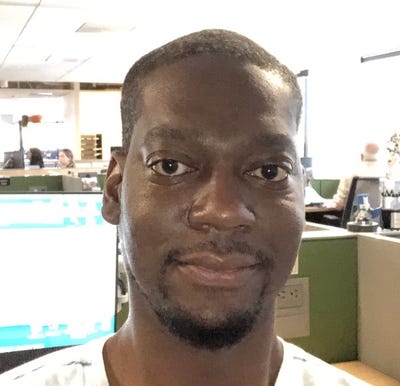XACT Is Changing the Tone of Robotics in Healthcare
The Hingham, MA-based company recently won clearance for its system to support robotic insertion and steering of probes during ablation clinical procedures.
May 18, 2022

XACT Robotics is changing the conversation around robotic-assisted surgeries with its latest clearance. The Hingham, MA-based company won a nod from FDA for its XACT ACE Robotic System designed to support robotic insertion and steering of ablation probes during ablation clinical procedures.
XACT first won clearance for its robot in October of 2019 for use during CT-guided percutaneous interventional procedures. The robotic system, which is about the size of an i-Pad, combines image-based procedure planning and real time monitoring with hands-free precise robotic insertion and non-linear steering.
The company's founder and executive chairperson, Harel Gadot, who was a featured speaker at BIOMEDevice Boston in September of 2021, said the new clearance helps address some of the difficulties in ablation procedures.
“When we talk about pain points in ablations – it’s extremely challenging even for the experienced users to place an ablation probe, regardless of if they’re using microwave RF or cryo to get a probe all the way to the target with the right accuracy,” Gadot told MD+DI.
He added, “the importance of the accuracy in ablation is as important as everything else, maybe even more. You need accuracy that will potentially allow you to reduce the number of probes you’re using and will allow you to better predict the ablation procedure.”
Robotic Assisted Surgeries/Not Surgical Robotics
XACT is one of many companies populating the robotics space in healthcare. For years many have called this segment of the market the surgical robotics space, but that is a misnomer Gadot said.
“Of course, it’s a [misnomer] to call it surgical robotics – 100%,” he said. “I always ask people how familiar are they with surgical robotics and everyone raises their hands and I tell everybody they’re absolutely wrong. What we have in the market right now is surgical-assisted robotics.
Gadot added, “When you talk about Ways – the navigation system to drive a car … it will help you define how to get from point A to point B. But you still need to get into the car and drive it. Ways will not turn a bad driver into a good driver. This is the same thing with surgical robotics. When the user’s hands are still responsible [for] how the robot will behave … the robot will not turn a bad physician into a good physician. It might help some technical challenges [the user] might have but especially our space it’s not just your skills but it’s the ability to compensate for tissue movement and target movement.”
He went on to say that it was a big mistake to compare robotic-assisted surgery to what robotic surgery will look like.
“XACT is the only company in the world that is actually getting us close to what robotic surgery should look like,” Gadot said.
Robots on the Landscape
The space is beginning to grow. Medtronic’s Hugo entered the scene last year when it won CE Mark. Although Medtronic isn’t a direct competitor to XACT, Hugo does compete with Intuitive Surgical’s da Vinci robot, a system that has been on the market since 2001.
Johnson & Johnson MedTech’s Ottava is on the horizon – but the company said in October of 2021 it would delay submitting to FDA by about two years.
Vicarious Surgical is another company that has been lighting up the robotics space. The Waltham, MA-based company is developing robots that combine human-like mechanical arms with virtual-reality technology that the firm said essentially acts to “transport surgeons inside the patient when performing minimally invasive surgery.
Asensus Surgical, which has developed a digital laparoscopic platform, is also carving its place out in robotics. Anthony Fernando, president and CEO of Asensus talked about the company’s bold plans in episode 15 of Let’s Talk Medtech.
Gadot noted that there were many players coming to the market and said that robotics in healthcare was highly diversified. He also said the space was in its infancy when discussing progress.
“I really believe we’re just in the stage of crawling – not walking, in that space,” Gadot said.
About the Author(s)
You May Also Like



.png?width=300&auto=webp&quality=80&disable=upscale)
